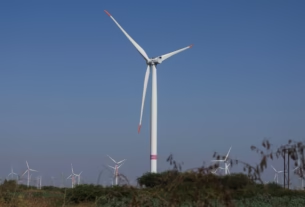In Short : At the Mercom India Renewables Summit 2025, Debmalya Sen, President of the India Energy Storage Alliance (IESA), emphasized that strong policy execution is urgently needed to support India’s ambitious energy storage goals, going beyond simply setting targets. Storage deployment, which is essential for integrating solar energy and guaranteeing grid stability, may not be successful in the absence of strong frameworks and institutional clarity.
Storage Economics And Market Conditions
Auction prices for battery storage have lately fallen precipitously, but they may soon level off. The economy is further constrained by cutbacks in viability gap funding (VGF) and loss of transmission waivers, while important cost drivers such as lithium and metal prices are stabilizing. Despite this, storage is being used in conjunction with solar systems more frequently, which reflects its critical role in maximizing the integration of renewable energy sources and sustaining investor interest in solar-linked markets.
Storage Deployment And The Role Of Policy
Sen contends for stricter regulations to unlock flexibility and dependability, particularly as solar panel and hybrid installations increase in number, even though the government now requires at least two hours of co-located storage (about 10% of solar capacity). To prevent grid stress and guarantee continuous clean deployment, policy clarity, easily accessible storage procurement procedures, and financial incentives are still required.
He emphasized three fundamentals above all else:
More money for R&D to support regional innovation. Innovation in technology, not merely copying. enhancing industrial and academic capacity to facilitate storage integration.
The Final Line
The story of energy storage in India needs to change from lofty goals to calculated implementation. The nation’s ability to develop solar energy sustainably and move away from non-renewable resources will depend on policy clarity and financial resources as storage becomes a key component of renewable systems, guaranteeing a clean, resilient electricity future.




